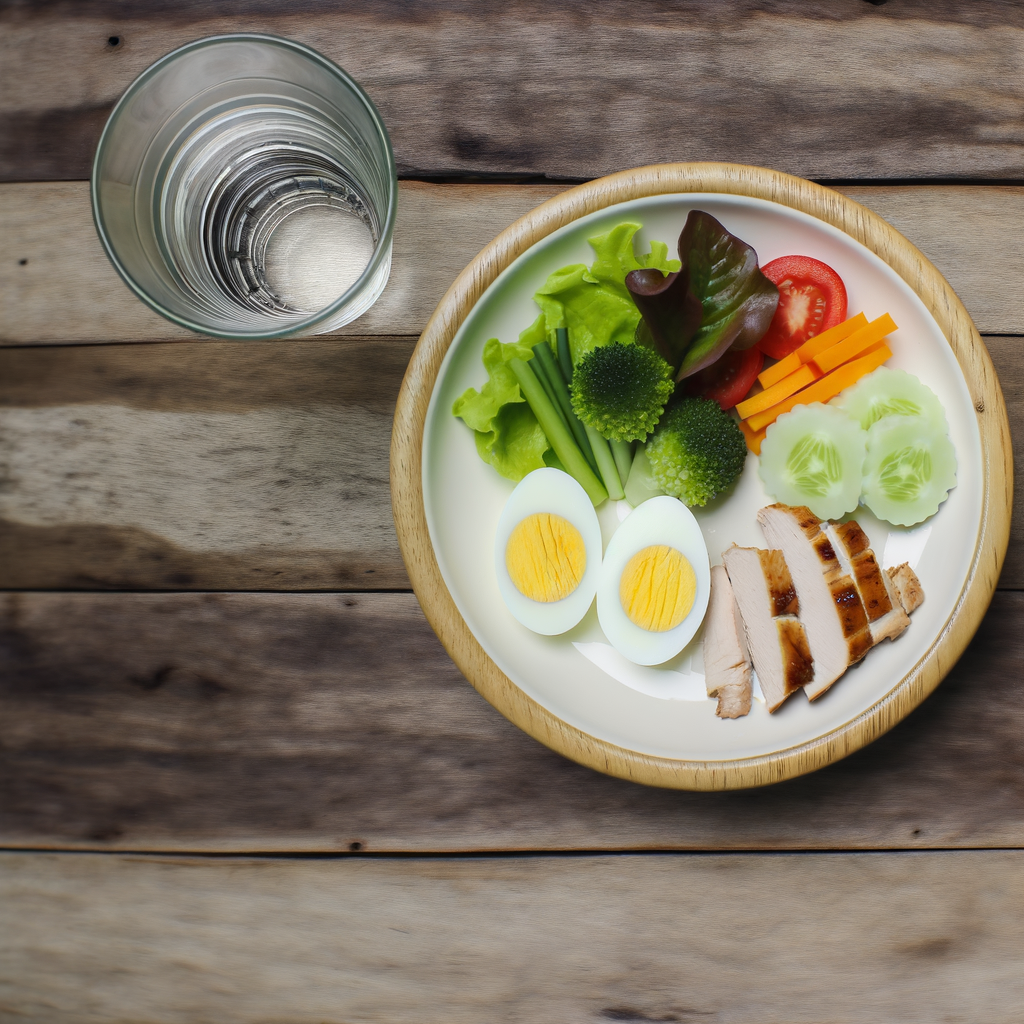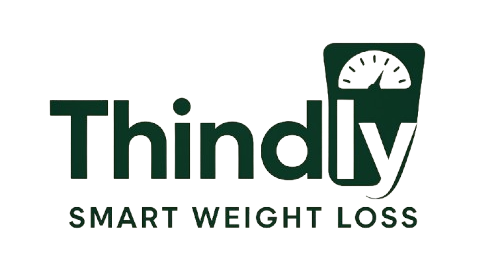
A Guide to Thriving on a 500 Calorie Daily Diet Plan
Embarking on a low-calorie diet can be a transformative journey, especially if you’re aiming to reset your eating habits. If you’re considering a diet plan where the total day’s intake sums up to just 500 calories, it’s significant to approach it with careful planning and a clear goal in sight. This form of diet is restrictive and can be challenging to sustain, so it should be undertaken with diligence and ideally under professional guidance.
The essence of a 500 calories a day diet menu revolves around extreme caloric reduction to spur quick weight loss. It’s typically recommended for short periods to achieve specific health outcomes under medical supervision. Possibly, you’ve stumbled upon this diet strategy while seeking ways to jumpstart a weight loss plan, or you might have heard about its potential benefits through anecdotal success stories. Either way, it’s essential to understand both its merits and its constraints.
How Can a 500-Calorie Diet Be Nutrient-Dense?
Despite the stark limitation in calories, your focus should always lean on nutrient density. The goal is to pull through the day feeling energized and nourished, despite the caloric deficit. This can be surprisingly achievable through strategic meal planning and choosing foods that are highly nutritious yet low in calories — such as leafy greens, lean proteins, and certain fruits and vegetables.
Tips for Managing a Very Low-Calorie Diet
- Maintain hydration: Increasing water intake helps mitigate hunger and maintains metabolism.
- Include protein: It’s crucial for muscle maintenance, especially important when on low-calorie counts.
- Frequent, small meals: Smaller, regular meals or snacks can help manage hunger better than one or two large meals.
- Supplement wisely: A well-chosen multivitamin can help cover nutritional bases that a limited diet might miss.
This meal planning and execution requires meticulousness, but it’s imperative for the success of a diet as restrictive as one that sums up only 500 calories daily.

Continuing with the right approach to a 500 calories a day diet menu, it’s advisable to have a detailed plan. Not only does this help in ensuring nutritional completeness, but it can also aid in adhering to such a stringent caloric limit without yielding to the temptation of higher-calorie options.
Structured 7-Day Meal Plan
A structured plan keeps you on track. Here’s an outline for a week that balances nutrition whilst maintaining a 500-calorie per day intake:
Day 1: Breakfast – Half a grapefruit, boiled egg; Lunch – Mixed greens salad with vinegar dressing; Dinner – Broiled fish with steamed broccoli.
Day 2: Breakfast – Small apple, low-fat cottage cheese; Lunch – Vegetable soup; Dinner – Chicken breast with cauliflower rice.
Day 3: Breakfast – A handful of berries, Greek yogurt; Lunch – Spinach salad with balsamic vinegar; Dinner – Grilled shrimp with zucchini noodles.
Day 4: Breakfast – Sliced cucumber, scrambled eggs; Lunch – Tomato soup; Dinner – Sautéed tofu with kale.
Day 5: Breakfast – Watermelon slice, hard-boiled egg; Lunch – Asparagus spear salad; Dinner – Turkey patty with green beans.
Day 6: Breakfast – Papaya chunks, skim milk; Lunch – Bell pepper slices with hummus; Dinner – Baked cod with Brussels sprouts.
Day 7: Breakfast – Kiwi fruit, cottage cheese; Lunch – Mushroom broth; Dinner – Grilled chicken with steamed mixed vegetables.
This menu is just a guide. You might adjust portions and food choices depending on your specific preferences and nutritional needs. The emphasis should always be on organic, unprocessed foods to maximize the health benefits and maintain low calories.
Eating such a restrictive diet can trigger significant changes in your body. It’s not suitable for everyone, and typically, such diets are recommended for short, therapeutic stints that are closely monitored by healthcare professionals. If managing your energy levels or metabolic health is your concern, enhancing your diet with naturally-derived supplements might offer a balanced approach to sustaining energy without extensive caloric intake.
Remember, the journey of weight loss and maintaining healthy eating habits is personal and unique to each individual. Consultation with a healthcare provider is advisable before starting any new diet plan, especially one as extreme as a 500-calorie diet. You might also explore our in-depth reviews on supplements that aid metabolic health for an informed choice about incorporating additional support into your regime.
Approach your diet and health goals holistically, focus not just on cutting calories but on enriching your body with the nutrients it requires to function optimally. For more ideas on how to effectively balance your meals and improve overall wellness through careful diet planning, explore our website further.
Click here to discover how to support your cellular energy and fat metabolism naturally.
Did You Know?
Many people walking around today — even those who are slim, active, or eat “healthy” — may already have early signs of insulin resistance without even knowing it.
Blood sugar imbalances often develop silently over time, leading to fatigue, stubborn belly fat, and cravings that just won’t go away.
Staying on top of your metabolic health isn’t just about diet — it’s about understanding how your body responds to glucose, even when everything seems fine on the outside.
